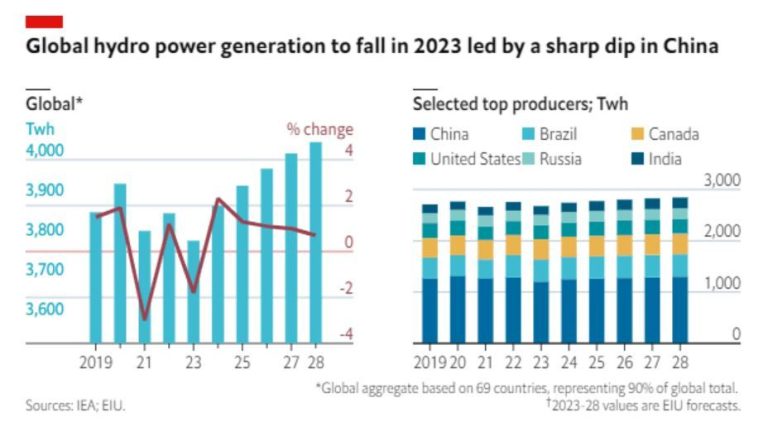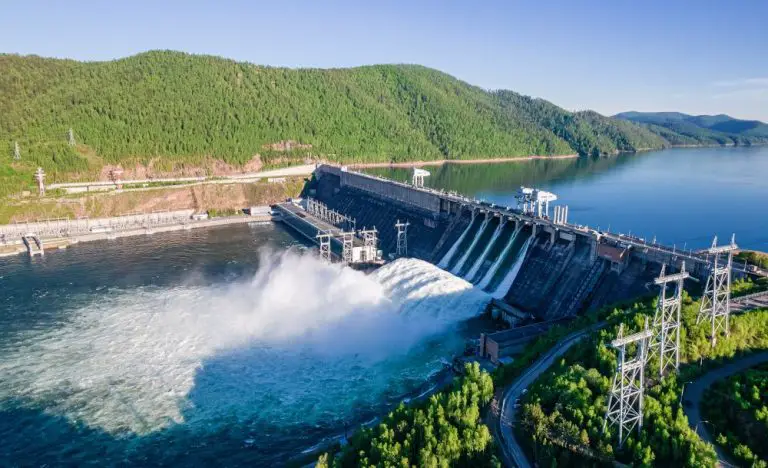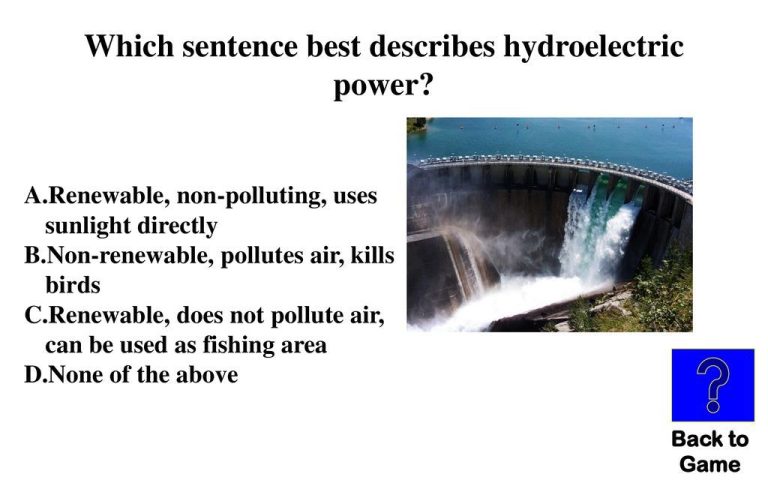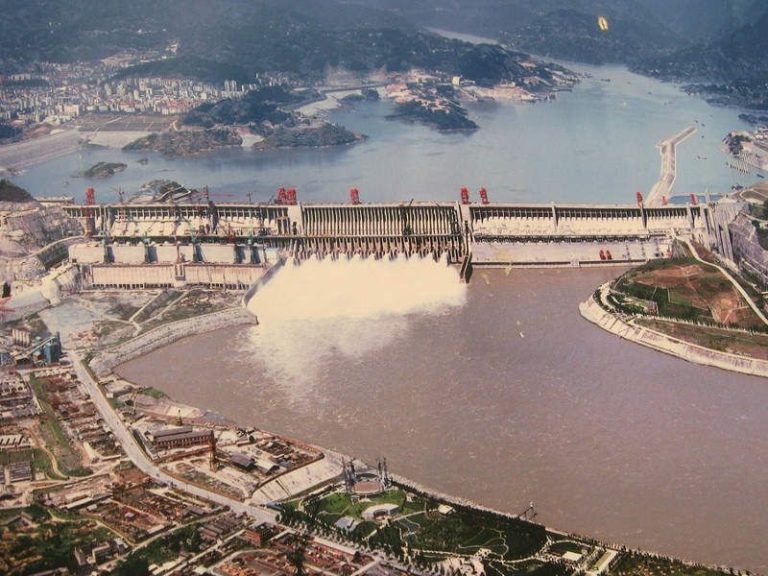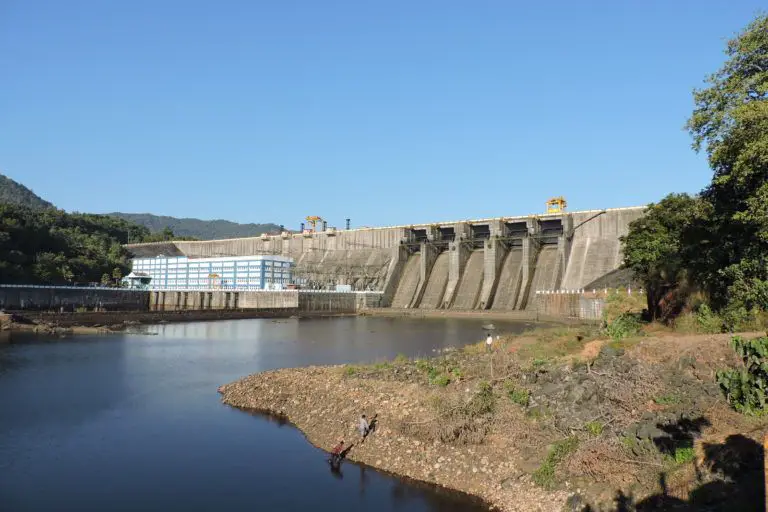Where Is Hydroelectricity Produced The Most?
Hydroelectricity is electricity generated from the energy of flowing or falling water. It is considered a renewable source of energy as it relies on water cycles driven by the sun. Hydroelectric power plants capture the energy of flowing water to generate electricity. Hydropower is an important source of renewable electricity around the world. In 2019, hydropower accounted for around 16% of total global electricity production and over 70% of all renewable electricity.
The top countries that produce the most hydroelectricity in the world are China, Brazil, Canada, the United States, Russia, India, Norway, and Japan. These countries have massive hydropower systems and account for a large percentage of hydropower generation globally. For example, China alone accounted for over 29% of total global hydropower generation in 2019. In this article, we will explore the major countries with the most hydroelectricity production and examine why they rely heavily on this renewable energy resource.
China
China has the largest installed hydroelectric capacity in the world at over 390 GW as of 2021, accounting for about a third of total global hydro capacity [1]. Hydroelectricity makes up around 17% of China’s total electricity generation mix [2].
The provinces with the most hydro capacity in China are Sichuan at 78 GW and Yunnan at 69 GW as of 2019 [3]. Major hydroelectric facilities in China include the Three Gorges Dam on the Yangtze River which has a capacity of 22,500 MW, making it the world’s largest power station.
China continues to expand its hydroelectric capacity, with massive projects like the 16,000 MW Baihetan Dam which began operating in 2021. Hydroelectricity plays a key role in meeting China’s electricity needs and reducing dependence on fossil fuels.
Brazil
Brazil leads the world in hydroelectricity generation, with an installed capacity of 109,670 MW as of 2021 according to GlobalData. The massive Itaipu Dam on the Paraná River between Brazil and Paraguay has a capacity of 14 GW, making it one of the largest hydroelectric facilities in the world.
Hydropower accounts for over 60% of Brazil’s electricity generation according to the EIA, and there are plans to expand capacity even further in coming years. The Belo Monte dam in the Amazon rainforest will add over 11 GW of power when fully completed.
Canada
Canada has the third largest hydroelectric power capacity in the world, with approximately 81 GW as of 2019 producing about 400 TWh of electricity annually [1]. Hydropower accounts for around 60% of Canada’s electricity generation [2]. Major hydroelectric facilities are located in British Columbia, Ontario, Quebec, Newfoundland and Labrador, and Manitoba.
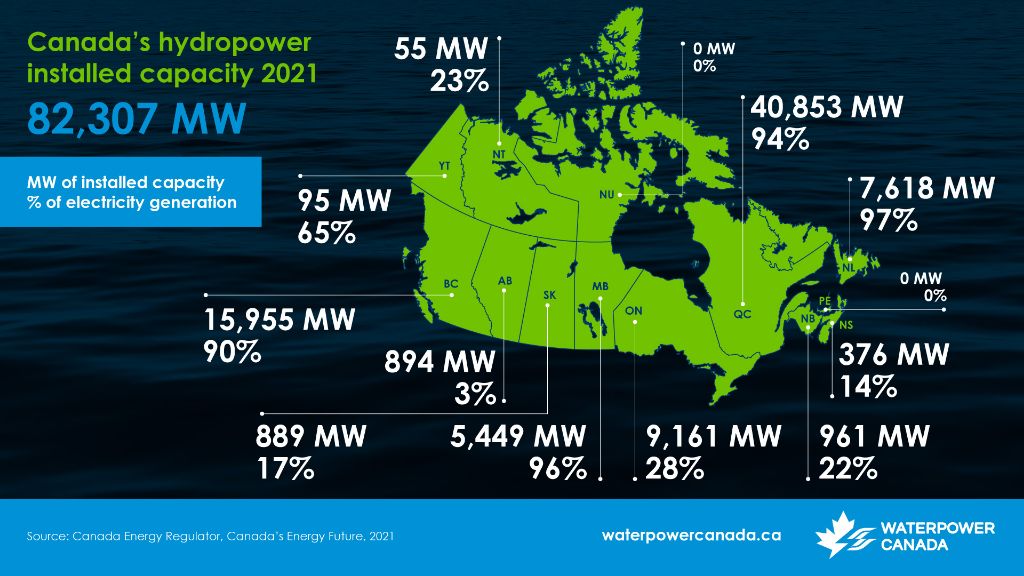
Some of Canada’s largest hydroelectric facilities include the Robert-Bourassa generating station in Quebec with over 5,616 MW capacity, the Churchill Falls generating station in Newfoundland and Labrador with 5,428 MW, and the Sir Adam Beck Niagara generating stations in Ontario with 2,598 MW [2]. British Columbia also has significant hydro capacity with facilities like the Mica Dam at 1,805 MW.
With abundant hydro resources, Canada is poised to expand its hydroelectric generation in the coming years to meet rising electricity demand and achieve renewable energy targets [3].
United States
The United States has the sixth largest hydroelectric capacity in the world at 79,980 MW in 2022, according to the U.S. Energy Information Administration (source). Major dams like Hoover Dam on the Colorado River produce a large amount of hydroelectricity. While the U.S. already utilizes a significant amount of hydropower, the Department of Energy estimates there is still over 12,000 MW of untapped hydro potential, especially on existing dams and conduits (source).
Russia
Russia has significant hydroelectric capacity and generation. According to Hydroelectricity in Russia – Wikipedia, at the end of 2005, Russia had 45,700 MW of hydroelectric capacity with an additional 5,648 MW under construction. Russia is the fifth largest hydro market globally, with over 52,000 MW of cumulative installed capacity as of 2021, growing at 0.5% CAGR from 2017-2021 according to GlobalData. Hydro accounted for 19% of Russia’s total installed power capacity and 18% of total generation in 2021 (Power Technology).
Russia has significant potential to expand its hydroelectric capacity in the future, especially in Siberia and the Far East. Major existing hydroelectric stations include the Saratov, Volgograd, Krasnoyarsk, and Sayano-Shushenskaya stations on the Volga and Yenisei Rivers. Russia is actively developing new hydro projects to increase domestic energy production and exports to neighboring countries.
India
India has significant hydropower potential, estimated at about 150,000 MW of installed capacity, but currently only utilizes about one-third of that. As of March 2020, India’s installed hydroelectric capacity was 46,000 MW, accounting for 12.3% of its total utility power generation capacity (Source).
Some of India’s largest hydroelectric projects include the Koyna Hydroelectric Project in Maharashtra with 2,000 MW installed capacity, the Sardar Sarovar Dam in Gujarat with 1,450 MW, and the Nathpa Jhakri Dam in Himachal Pradesh with 1,500 MW (Source). Major dams and hydro projects are primarily located in the Himalayan region across states like Himachal Pradesh, Uttarakhand, Sikkim and Arunachal Pradesh.
India plans to continue expanding its hydro capacity, with a target of 78,600 MW by 2026-27. However, development has been constrained by environmental concerns and resettlement issues. Overall, hydro plays an important role in India’s renewable energy growth and electricity access efforts.
Norway
Norway is one of the world’s top producers of hydroelectricity, thanks to its mountainous terrain and high precipitation rates. According to Energifakta Norge, in a normal year Norway’s hydropower plants produce 136.49 TWh, which accounts for approximately 88% of the country’s total electricity production. Norway has over 1,000 hydropower plants in operation with an installed capacity of 31.3 GW as of 2017.
Some of Norway’s major hydropower stations include Kvilldal power plant (1,240 MW), Aurland I power plant (474 MW), and Tonstad power plant (900 MW). The majority of Norway’s hydro capacity comes from large-scale reservoirs in mountainous areas that are able to store water and regulate electricity production. Norway is able to export its surplus hydroelectricity to neighboring countries through an interconnected grid.
Norway’s vast untapped hydropower resources and existing infrastructure means it will continue being a major global producer of renewable hydroelectricity. However, development of new projects in Norway is limited by environmental regulations and public opposition to the impacts of dams.
Japan
According to Hydroelectricity in Japan, Japan had 27,229 MW of installed hydroelectric capacity as of March 2021, accounting for about 8% of total power generation capacity. Some of Japan’s largest hydroelectric dams include the Kurobe Dam (335 MW), Katata Dam (240 MW), and Miboro Dam (200 MW).
However, Japan’s potential for new large-scale hydropower projects is limited due to unfavorable topography and environmental regulations. The mountainous terrain and abundance of seismic fault lines make dam construction difficult and costly. There are also tight restrictions on dam building in national parks and protected areas, which cover much of Japan’s remaining undeveloped river basins.
According to Hydropower in Japan – statistics & facts, the share of hydropower in Japan’s electricity production has increased to over 9% in recent years. But compared to leading hydro nations, Japan’s hydro resources are modest and already exploited close to full potential.
Conclusion
In summary, the top countries for hydroelectricity production are China, Brazil, Canada, the United States, and Russia. Hydroelectric power is an important source of renewable energy globally, providing over 16% of the world’s electricity. Looking forward, hydropower capacity is expected to grow 17% by 2030, adding 230 GW of capacity according to the IEA. While growth has slowed in recent decades, hydropower remains a key part of the clean energy transition due to its storage capabilities and reliability.
However, most major rivers suitable for hydroelectric dams have already been developed. Future growth will come from modernizing existing infrastructure and developing new pumped storage capacity. There are also environmental concerns around large hydroelectric dams related to habitat loss and methane emissions from reservoirs. Overall, hydropower will continue playing a major role in renewable energy mixes, but growth is likely to be more modest than other renewables like solar and wind.

